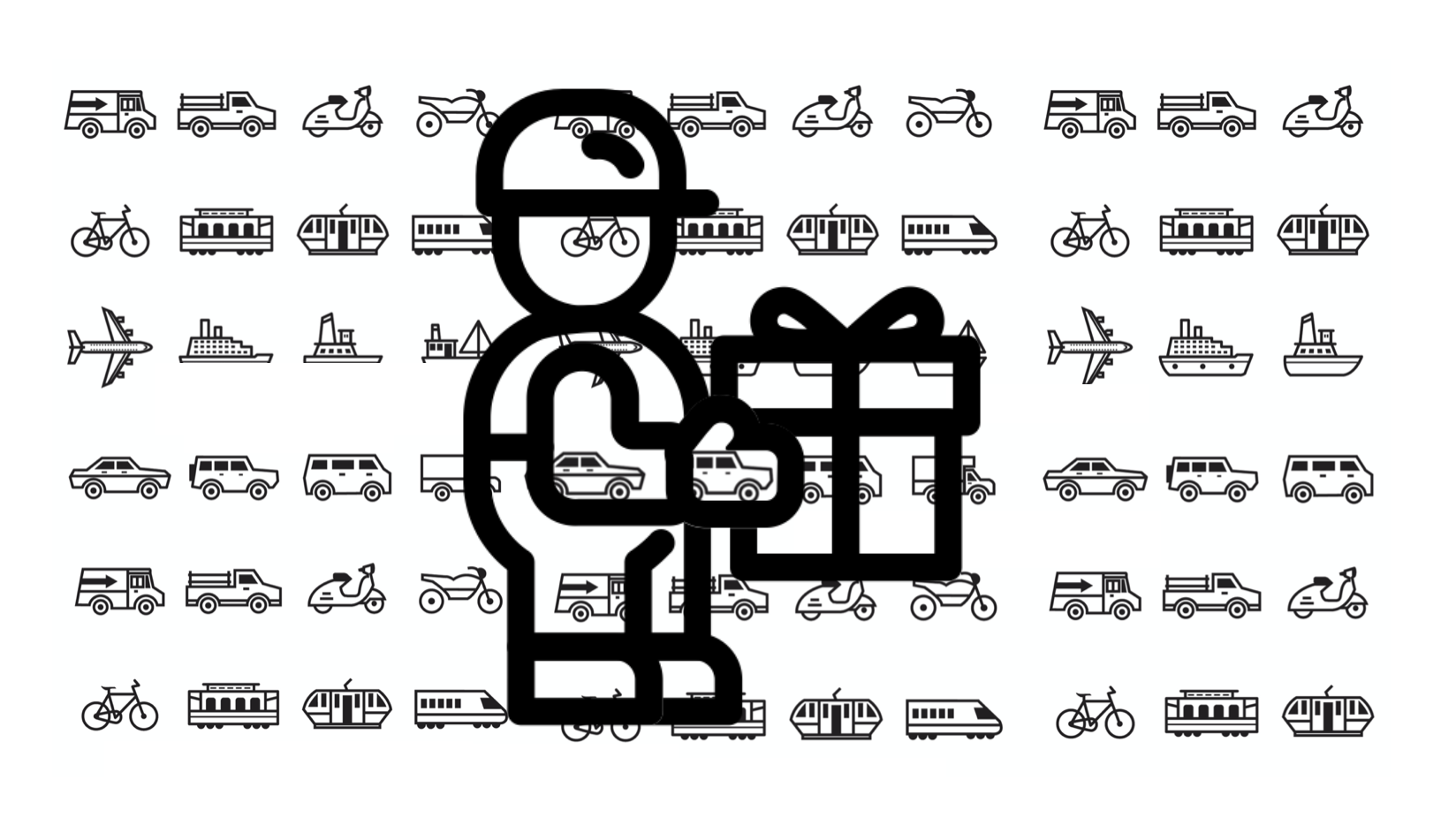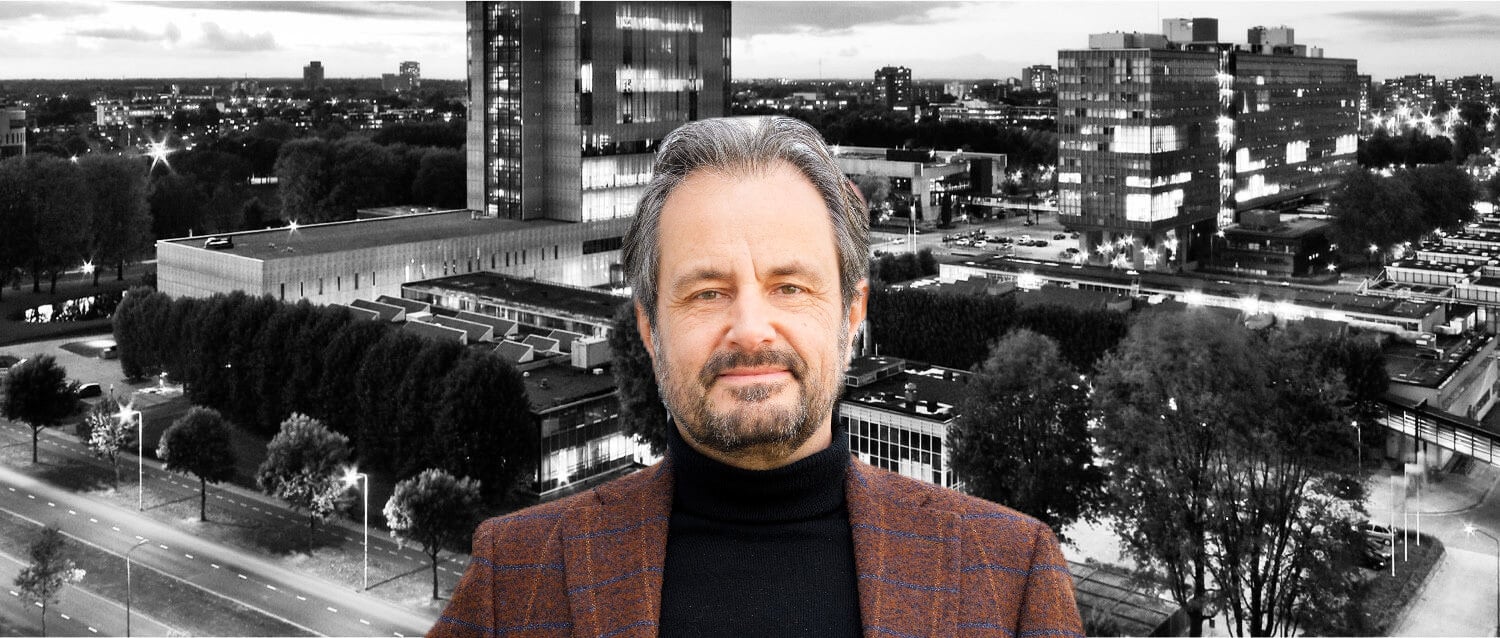
Our deeply-rooted hunter-gatherer instincts have been better served than ever in the last decade, by being able to have anything we want delivered directly to our door with the click of a mouse. Between 2010 and 2019, online spending in the Netherlands grew from 10 billion to 26 billion, and that amount increased by another 50% or so in 2020 alone, in connection with corona measures.
That rapid rise comes with some annoyance. Large vans and drivers under time pressure are a not too welcome combination for traffic safety in residential areas. And if on a bad day, a delivery truck stops several times at the same door for a single package, this does not seem the most optimal solution from a sustainability point of view either. Added to that is the problem that many people are not at home so on average one in four online orders has to be redelivered. This actually requires a reinvention of the mailbox. It was once defined based on the vast majority of mail and newspapers, magazines and smaller mail packages have adapted to that. If we can define a new standard for a kind of cat flap for parcels, then online retail can focus on that for much higher delivery rates.

This is just one example of measures that could lead to more sustainable home delivery. Or rather: an even more sustainable home delivery. Because online shopping also has implicit sustainability benefits. In many cases, it saves a trip to the store by car and the fleet of delivery drivers is electrifying much faster than that of consumers. The rapid rise of cargo bikes and other Light Electric Vehicles which make delivery not only more sustainable but also faster and cheaper, also helps.
A report was recently published by a group of experts led by urban logistics authority Walther Ploos van Amstel of the Hogeschool van Amsterdam. It states that with a few stimulating measures such as the accelerated introduction of zero-emission vehicles, better organized collective pick-up points at central locations in residential areas, and better loading and unloading areas in new districts, a lot of progress can be made. And further into the future, things look even better. As the number of parcels grows, vehicle utilization and therefore productivity increases. With further growth of the sector, distribution centers will move closer to cities, hopefully, and probably at the expense of the current more centrally located mega-distribution centers. This will be combined with microhubs deeper in the cities and villages, close to the end recipients. It is a kind of revival of the classic store but with an almost infinite assortment due to the underlying online ordering system. Smaller, more sustainable, and faster.
People will still grumble about home delivery, but we will soon reach the point where it is much more sustainable than the alternative – if that is not already behind us.
Maarten Steinbuch and Carlo van de Weijer are alternately writing this weekly column, originally published (in Dutch) in FD. Did you like it? There’s more to enjoy: a book with a selection of these columns has just been published by 24U and distributed by Lecturis.

